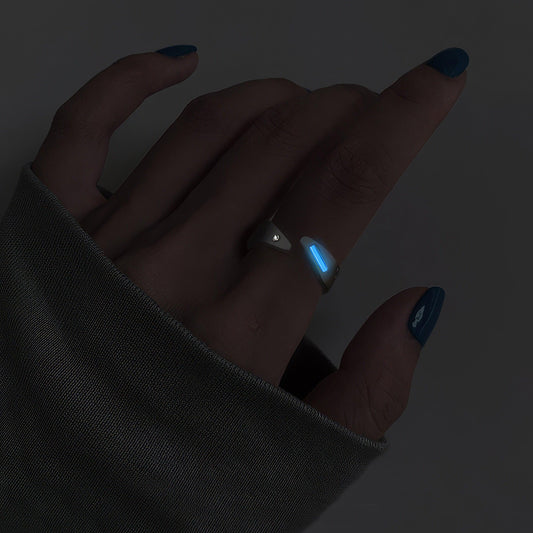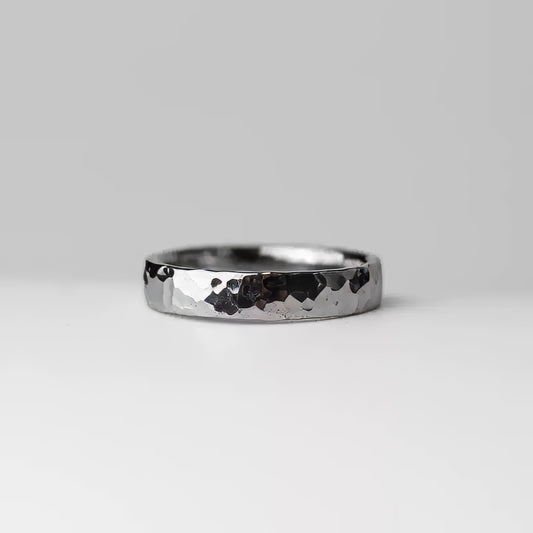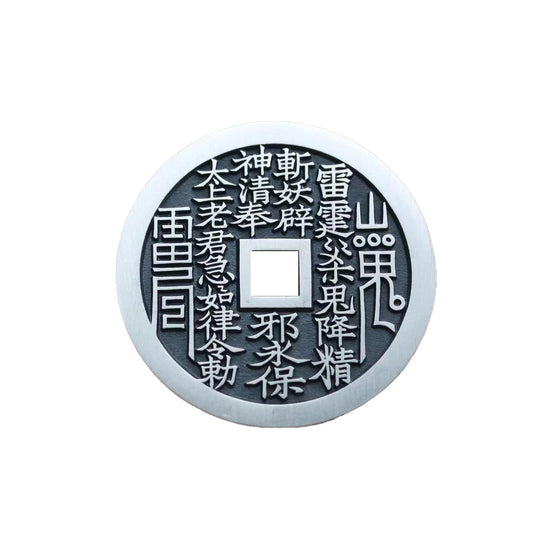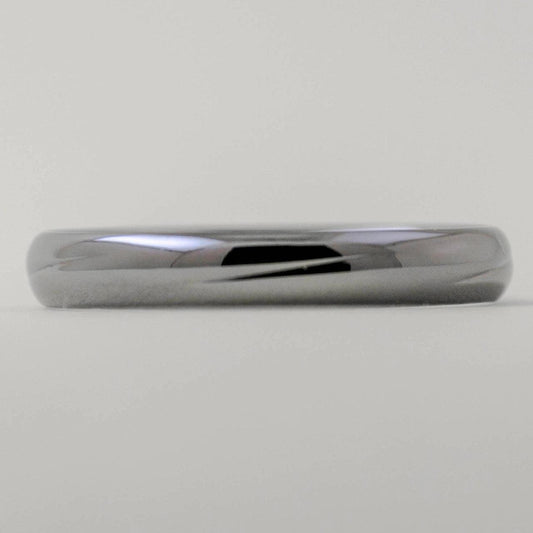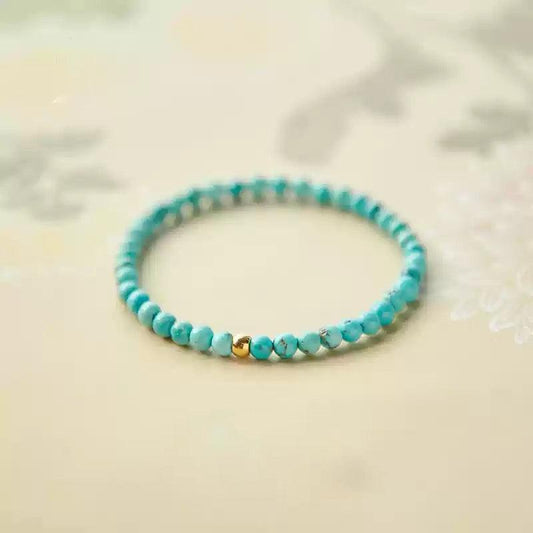The Historical Brilliance of Hetian Jade and the Artistry of Cold Enamel
The combination of Hetian jade and cold enamel is a meeting of centuries-old tradition with modern craftsmanship. While Hetian jade brings a deep cultural significance and historical richness, cold enamel adds a vibrant and artistic touch, showcasing how ancient and contemporary techniques can coexist harmoniously.
Hetian Jade: A Gemstone Steeped in History
Hetian jade, also known as nephrite jade, has been central to Chinese culture for more than 5,000 years. Its importance transcends mere adornment, becoming a symbol of virtue, spirituality, and prestige throughout history.
-
Ancient Origins
The history of Hetian jade begins in the Kunlun Mountains, where it is carefully extracted from riverbeds and deposits. This region, known for its harsh terrain and pristine waters, produces jade of exceptional quality. Early Chinese civilizations were drawn to jade for its durability and unique appearance, using it for tools, ornaments, and ritual artifacts. -
Symbol of Virtue and Power
In Confucian philosophy, jade represents noble qualities: its smoothness symbolizes kindness, its strength courage, and its translucence wisdom. As Confucius famously said, “A gentleman compares himself to jade.” During the Zhou, Han, and Tang dynasties, jade was a status symbol reserved for emperors, nobility, and scholars, often shaped into seals, ceremonial items, and even burial accessories to signify eternal protection. -
Cultural Significance
Hetian jade is deeply tied to Chinese spiritual practices. It was believed to protect the wearer from harm and bring balance to the mind and body. Ancient Chinese legends speak of jade as a gift from the heavens, and owning it was seen as a blessing. -
Meticulous Craftsmanship
Working with Hetian jade has always required precision and care. Unlike other gemstones, jade is carved rather than cut, making every piece a labor of love. Artisans use specialized tools to bring out the jade’s natural luster and intricate details, preserving its timeless beauty.
Cold Enamel: A Modern Artistic Revival
Cold enamel, a contemporary take on traditional enamel work, introduces a vivid and durable finish to jewelry design. This technique is celebrated for its ability to create intricate, colorful patterns while maintaining a lightweight and practical structure.
-
How Cold Enamel Works
Unlike traditional vitreous enamel, which requires firing at high temperatures, cold enamel involves blending pigments with resin or epoxy. This mixture is then carefully applied to the jewelry’s surface, forming a vibrant and glossy layer as it cures. The result is a durable, crack-resistant finish that maintains its brilliance over time. -
Cultural Resonance with Lotus Motifs
In the Blue Lotus Jade Bead Hetian Jade Earrings, the cold enamel technique brings the lotus design to life. The lotus, an emblem of purity and resilience, is painted with rich blue hues using cold enamel, creating a striking contrast against the jade’s subtle tones. The choice of blue adds a modern aesthetic to this timeless symbol, showcasing how traditional motifs can be reimagined through contemporary techniques. -
Advantages of Cold Enamel
- Precision: Cold enamel allows artisans to paint intricate patterns with remarkable accuracy, ensuring every detail is flawless.
- Longevity: The resin-based finish is resistant to chipping and fading, making it ideal for long-term use.
- Eco-Friendly: Unlike older methods that relied on heavy metals, modern cold enamel uses non-toxic materials, aligning with sustainable craftsmanship practices.
A Union of Tradition and Modernity
The combination of Hetian jade and cold enamel represents the evolution of artistry. While jade embodies history and cultural depth, cold enamel showcases innovation and creative freedom. Together, they form a partnership that celebrates the past while embracing the future.
- Hetian Jade honors centuries of Chinese heritage, from its role in ancient ceremonies to its association with wisdom and virtue.
- Cold Enamel breathes life into designs, offering vibrant colors and modern aesthetics without compromising on durability or quality.
This blend of historical legacy and contemporary artistry is a testament to how traditional materials and modern techniques can create something extraordinary, bridging the gap between ancient culture and today’s craftsmanship.
